
Natural loose parts play. Loose, Parts, Play, Studio, Natural, Studios, Nature, Au Natural
Includes #GEMSTN Giant Gemstones 2.2 lbs., #STONEJAR Polished Pebbles 2 lbs., #STIXX Natural Branches 17.6 oz., and #WICKBALL Wicker Balls 10 Pieces. A variety of natural Loose Parts perfect for counting and sorting activities. INSPIRE: Loose Parts help children inspire imagination and creativity on their own terms and in their own unique way.
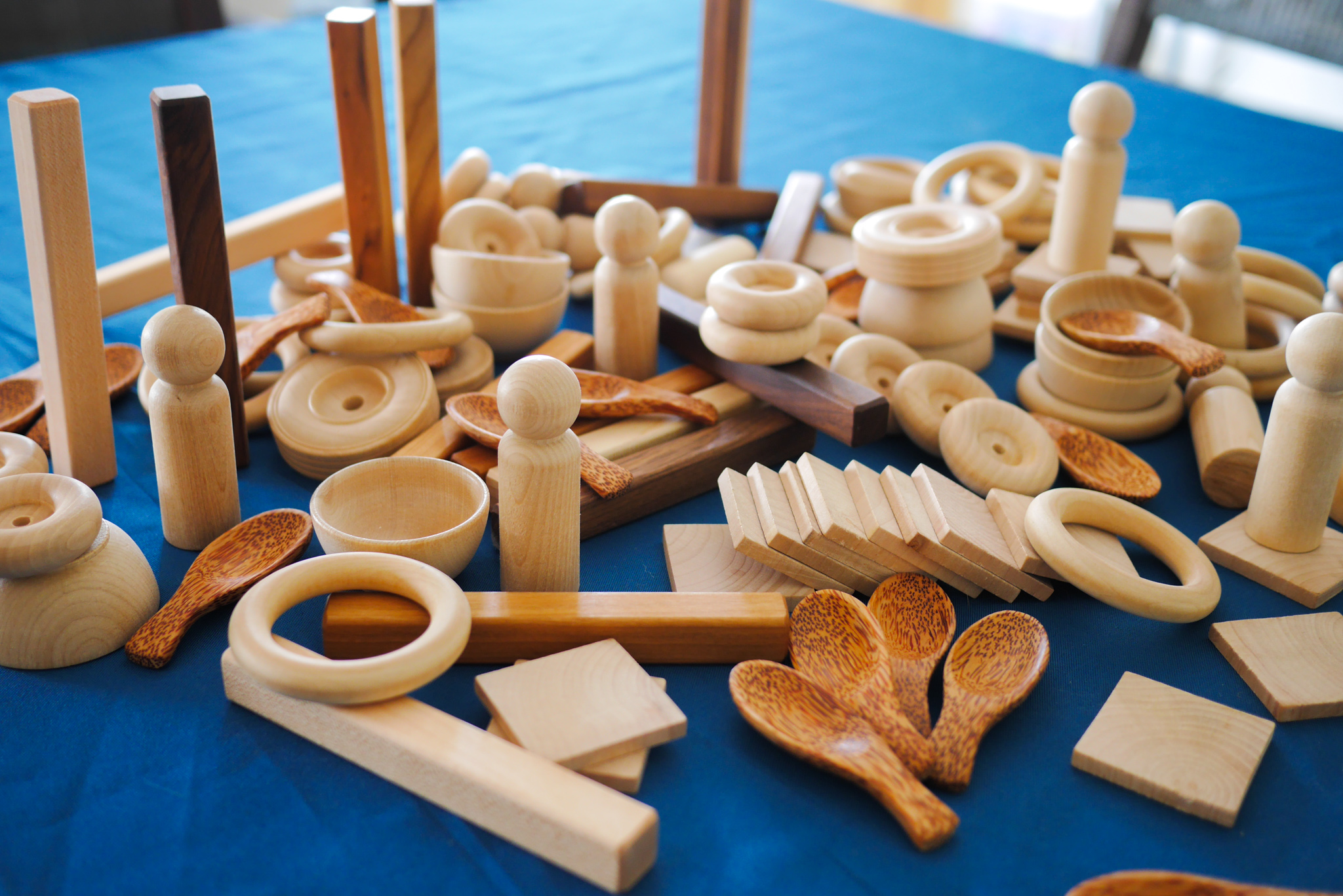
Loose Parts Natural Mix For Toddlers Kodo Kids
1. Creating Character Portraits This loose parts play idea is fantastic for making all sorts of goodies and baddies. You can use picture frames and create portraits in them using loose parts from tinker trays. Or you could build the portraits with larger loose parts on the ground outside.

PAINTING WITH NATURAL LOOSE PARTS Montessori Nature
Natural loose parts. A set of 25, 50, 100 conkers. (115) $8.74 $10.93 (20% off) Lowercase Cork and natural loose parts Alphabet A3 6 per page (16) $2.65 Natural Loose Parts Tinker Toy w/ 9 compartment lidded tray Reggio Emilia Inspired Creative Open Ended Natural Play (260) $42.00 FREE shipping
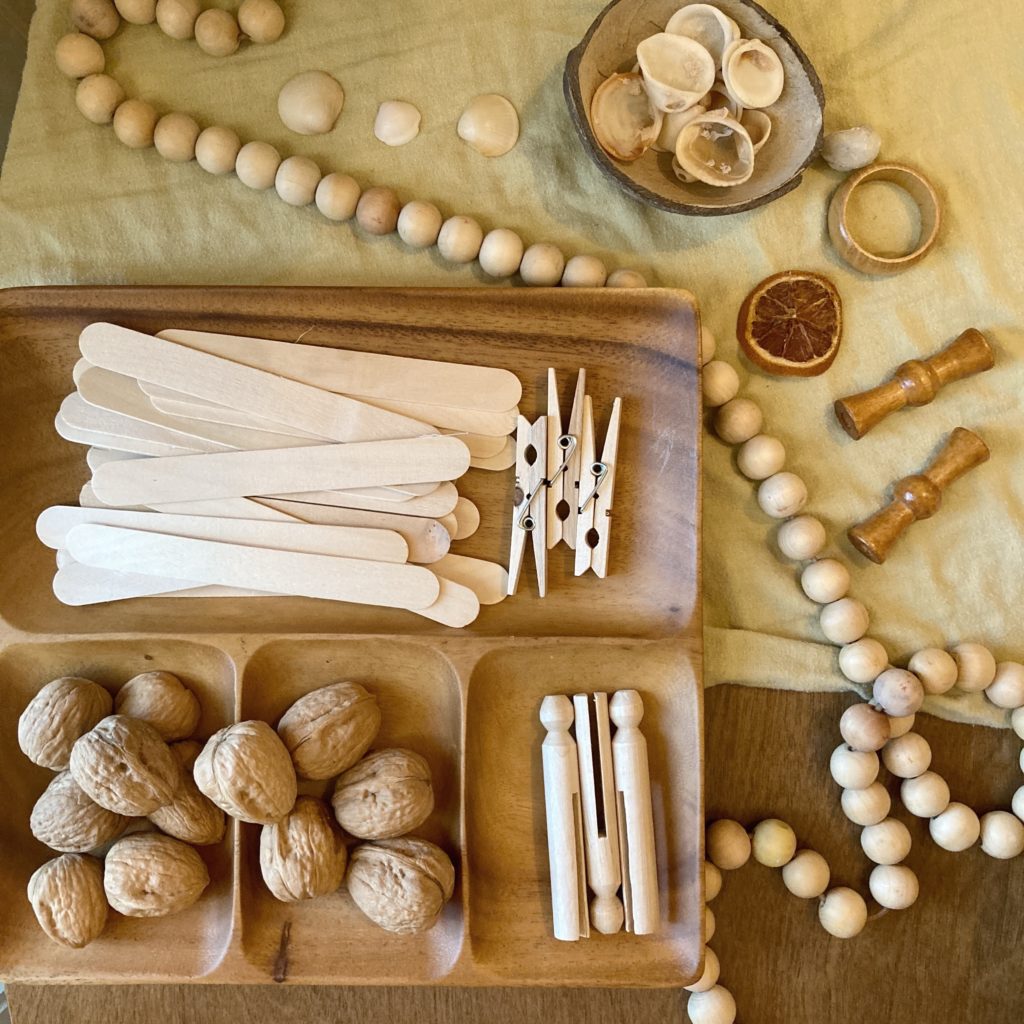
Natural Materials for Loose Parts Play · acorn to oak
Natural loose parts include a variety of natural objects such as sticks, stones, shells, mulch, pine cones, driftwood, "tree cookies," fallen leaves, acorns, and similar seeds, and their seedpods.
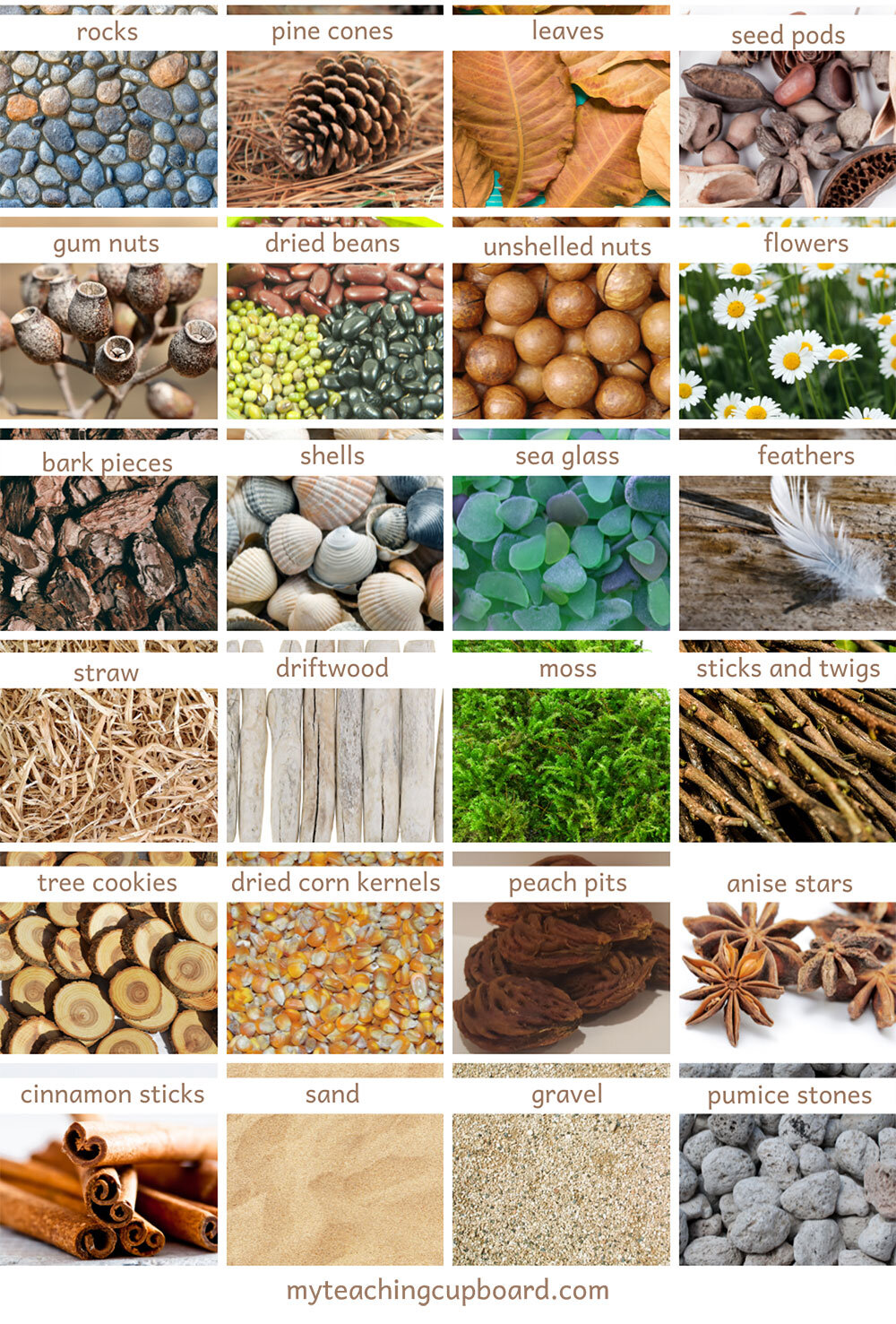
Loose Parts Resources — My Teaching Cupboard
Natural loose parts: Open-ended natural materials with few or no rules or stipulations about how to use them. Natural loose parts can include but are not limited to: rocks, sticks, twigs, mud, sand, dirt, logs, tree cookies, leaves, seeds, water and more. An example of synthetic loose parts would be Lego bricks or K'nex pieces.

Excellerations® Natural Loose Parts Kit of 4
Discover what loose parts are and why you need them in your classroom. Download a FREE list of over 150 loose parts resources you can use to set up age appropriate investigation areas and learning invitations to start loose parts play in your early years setting.

Using natural loose parts for play Little Lifelong Learners
The natural world in all its simplicity and complexity affords children a rich allure of play and learning experiences. Nature organically produces a spectrum of loose parts that exhibit patterns and sequences not easily replicated in man-made materials. Consider the intricate patterns of a pine cone or the spirals of an unfurling fern.

Naturalloosepartssensoryplay1 Little Lifelong Learners
Loose parts can be natural or synthetic. It is helpful to think of loose parts as something that will help children inspire imagination and creativity on their own terms and in their own unique way. Giving meaning to loose parts

Natural Loose parts are easy and inexpensive to collect looseparts xplorenature
Nature-Based Loose Parts! Pinecones and sweet gum balls picked up from a walk. Wood cookies cut from fallen tree branches. Sticks and rocks found on a walk in the woods. Seashells donated by a girl who went to the ocean. Acorns picked up on a nature walk. Dried wildflowers found in the field. Dehydrated oranges and grapefruit.

5 Natural loose parts for outdoor learning
Water is a brilliant loose part. It has an infinite number of uses. Some different types of water lead to different types of learning. The main sorts are: Ice, either in lumps or cubes, or mashed up - great for exploring and investigating in a big tray. Ice with loose parts frozen into it - e.g. cogs, corks or pegs Colored water Snow

Natural loose parts Paddington Children's Centre
And the best part? They're totally sustainable, so you can get your playtime on without hurting the environment. So, get ready to explore the awesome world of natural loose parts! We'll check out some super cool rocks, twigs, leaves, gum nuts, and shells that you can use to create all sorts of amazing playtime adventures.
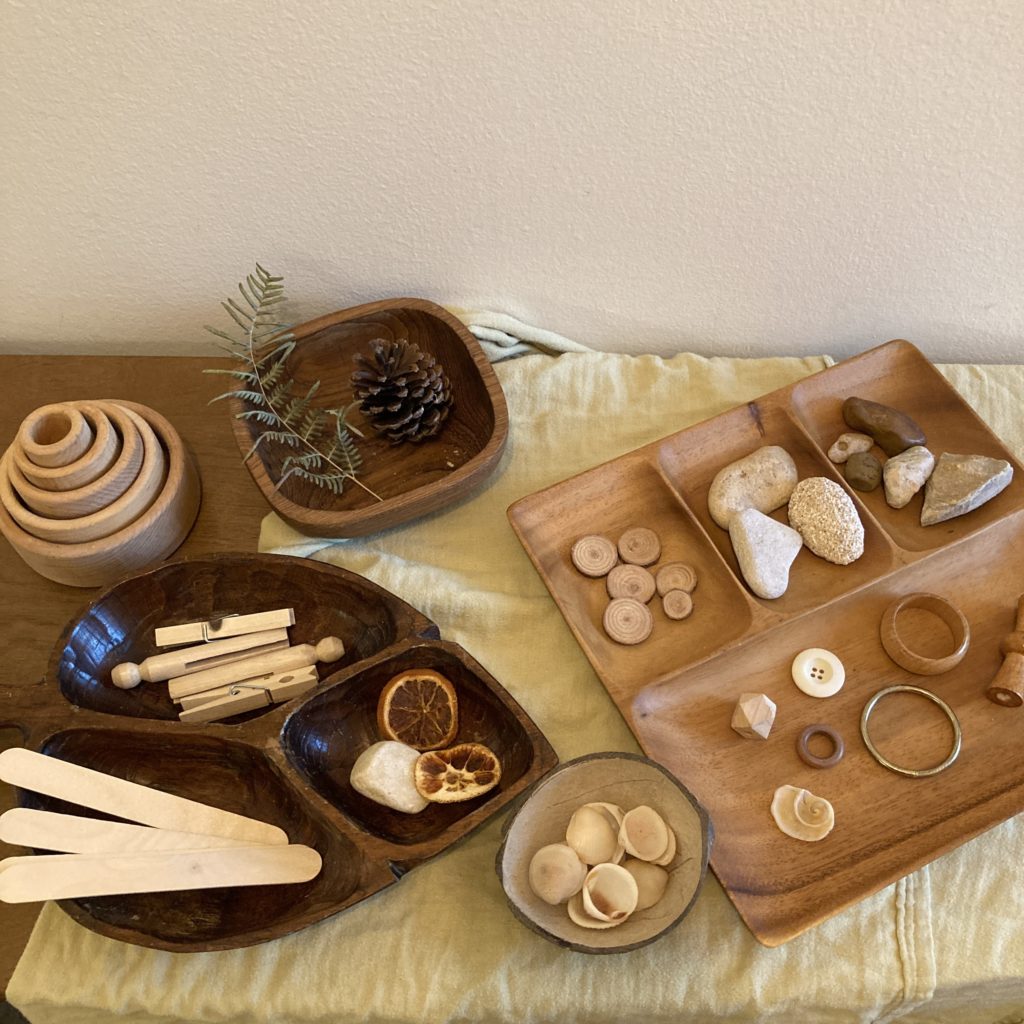
Natural Materials for Loose Parts Play · acorn to oak
A Natural Environment for Loose Parts For many of our children—especially those with little experience outdoors—a wild, untouched natural environment might seem overwhelming at first. A more organized and accessible natural environment can allow children to feel safe, as they use nature's loose parts to understand the world.
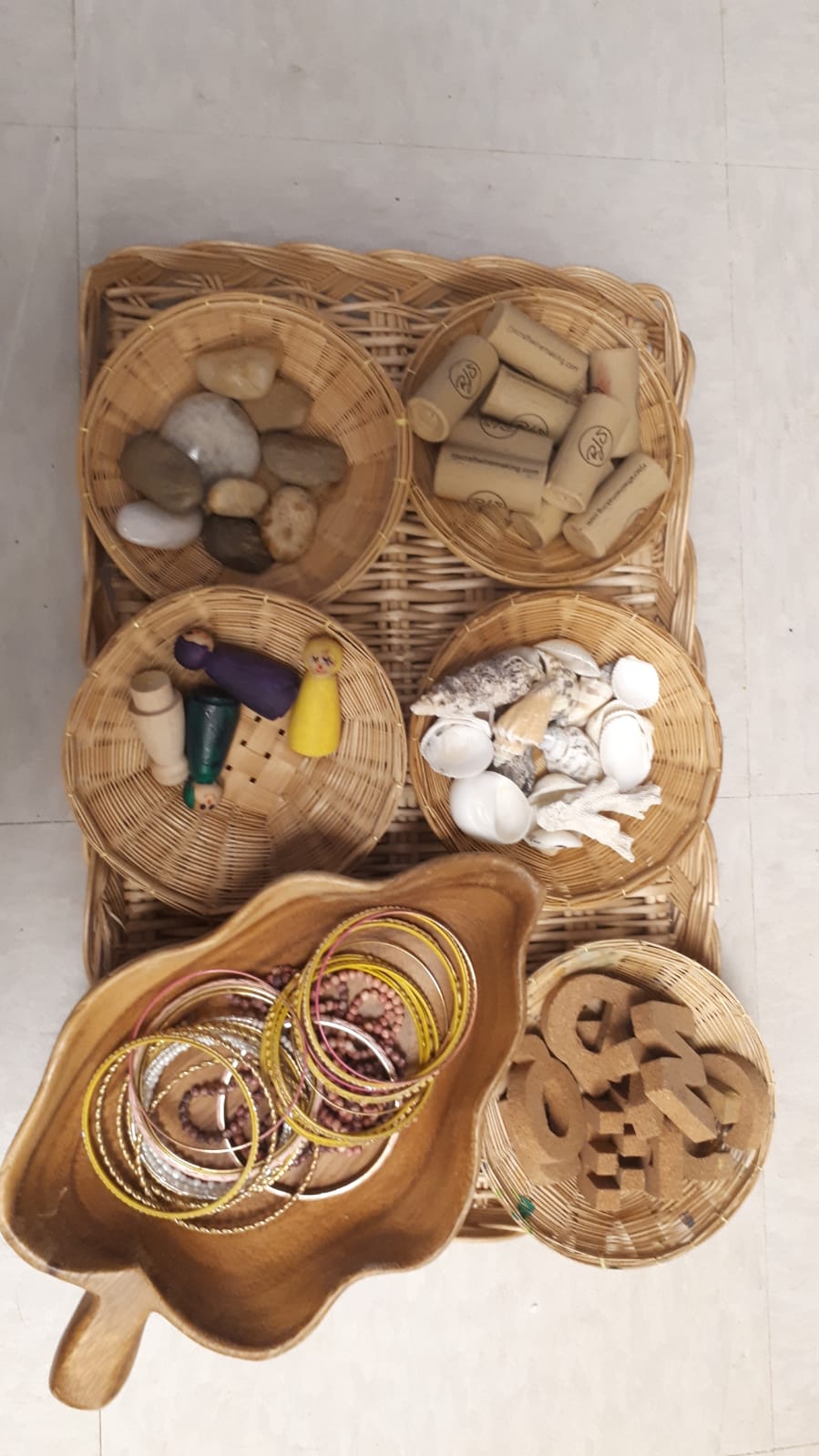
What are Loose Parts? By Mandy MONGIO
Find out what natural loose parts are and how you can use easily sourced loose parts from nature and get started with Reggio inspired natural loose parts play in your learning enviroment today. Discover exactly what natural loose parts are and the benefits of using them in your learning invitations in kindergarten and preschool.
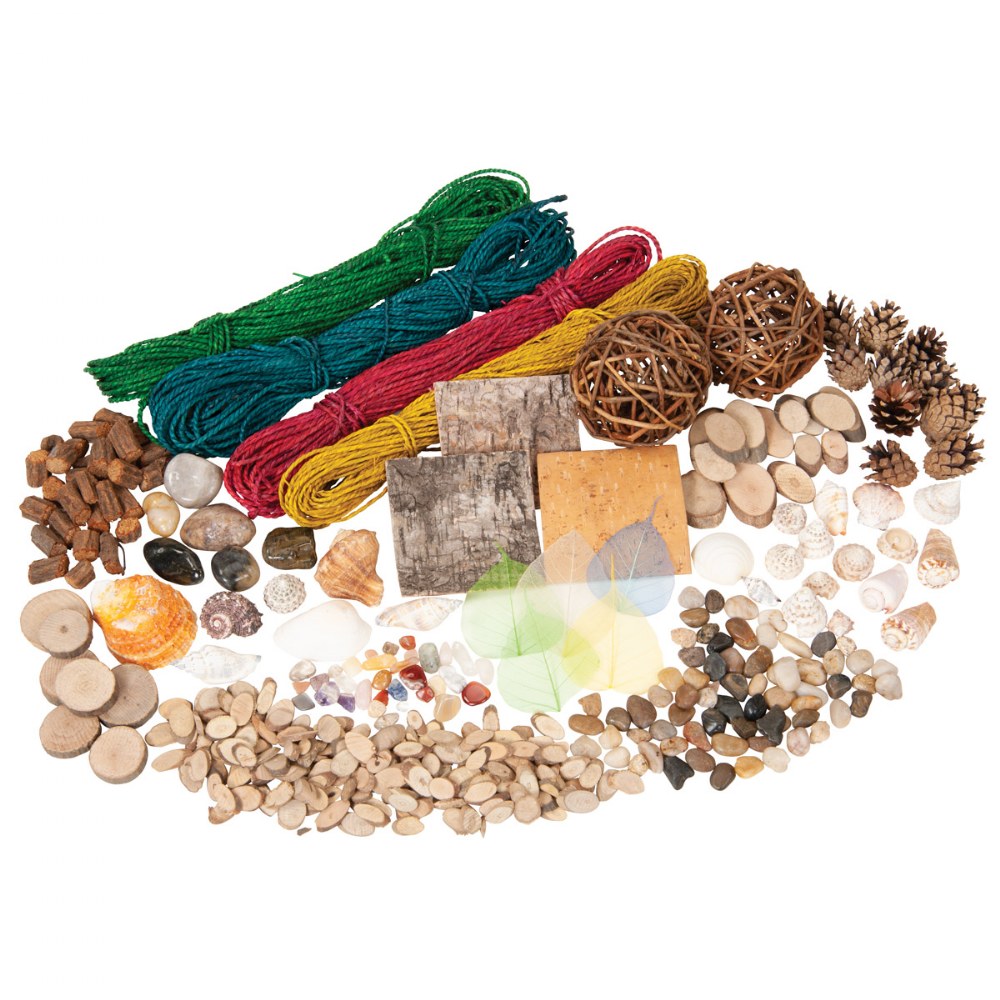
Natural Loose Parts Starter Kit
What are Loose Parts? Loose parts are objects and materials that children can explore, experiment with, and manipulate in different ways. They stimulate the senses and invite children to play. I explore all about loose parts and their benefits in our article The Magic of Loose Parts: FAQs from Teachers & Parents.

Natural loose parts Natural playground, Natural play spaces, Outdoor playscapes
Natural loose parts are by far the easiest to come by and most beautiful . The seasonal variety is amazing. They can cost very little if you are a good hunter. Colors, shapes and patterns are endless. They are also less precious so if something gets broken, ends up in a pocket, or moves into an art project that is ok (maybe even encouraged).
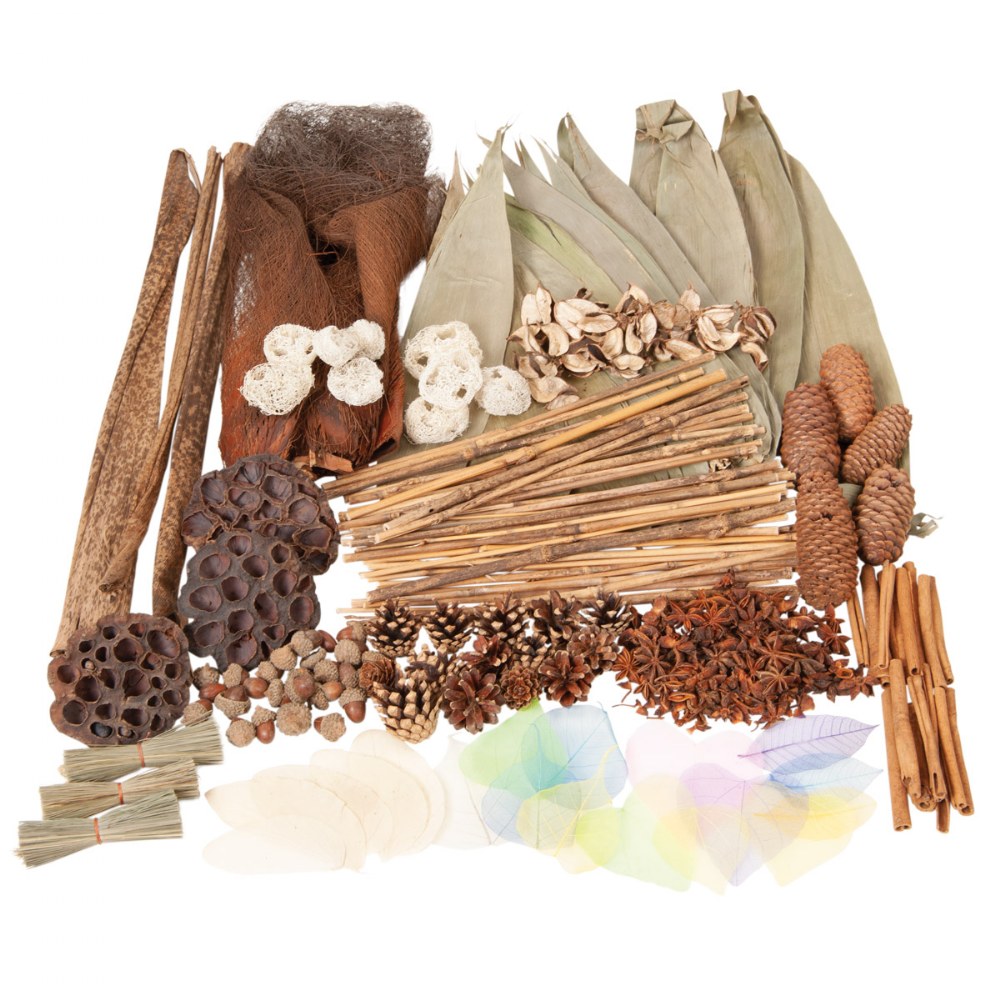
Natural Botanicals Loose Parts Kit
Loose parts are materials that can be moved, carried, combined, redesigned, lined up, and taken apart and put back together in a range of ways. They are items with no instructions or directions that can be used alone or combined with other materials. A few examples of loose parts are listed below: